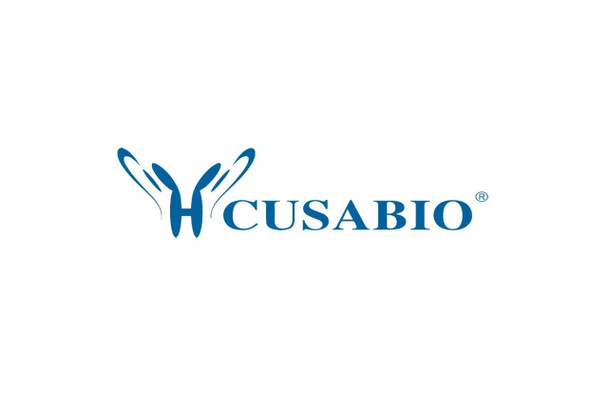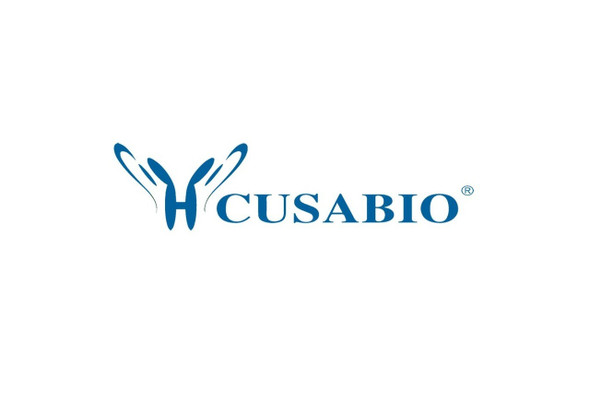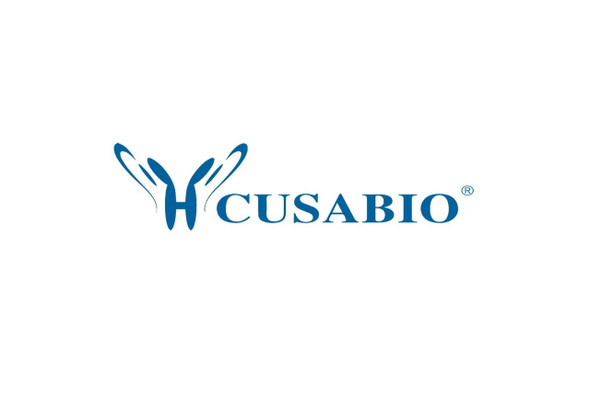Cusabio Human Recombinants
Recombinant Human Basement membrane-specific heparan sulfate proteoglycan core protein (HSPG2), partial | CSB-MP010868HU
- SKU:
- CSB-MP010868HU
- Availability:
- 3 - 7 Working Days
Description
Recombinant Human Basement membrane-specific heparan sulfate proteoglycan core protein (HSPG2), partial | CSB-MP010868HU | Cusabio
Alternative Name(s): HSPG (PLC)
Gene Names: HSPG2
Research Areas: Cancer
Organism: Homo sapiens (Human)
AA Sequence: DAPGQYGAYFHDDGFLAFPGHVFSRSLPEVPETIELEVRTSTASGLLLWQGVEVGEAGQGKDFISLGLQDGHLVFRYQLGSGEARLVSEDPINDGEWHRVTALREGRRGSIQVDGEELVSGRSPGPNVAVNAKGSVYIGGAPDVATLTGGRFSSGITGCVKNLVLHSARPGAPPPQPLDLQHRAQAGANTRPCPS
Source: Mammalian cell
Tag Info: N-terminal 10xHis-tagged and C-terminal Myc-tagged
Expression Region: 4197-4391aa
Sequence Info: Partial
MW: 25.6
Purity: Greater than 85% as determined by SDS-PAGE.
Relevance: Integral component of basement membranes. Component of the glomerular basement membrane, responsible for the fixed negative electrostatic membrane charge, and which provides a barrier which is both size- and charge-selective. It serves as an attachment substrate for cells. Plays essential roles in vascularization. Critical for normal heart development and for regulating the vascular response to injury. Also required for avascular cartilage development. Endorepellin in an anti-angiogenic and anti-tumor peptide that inhibits endothelial cell migration, collagen-induced endothelial tube morphogenesis and blood vessel growth in the chorioallantoic membrane. Blocks endothelial cell adhesion to fibronectin and type I collagen. Anti-tumor agent in neovascularization. Interaction with its ligand, integrin alpha2/beta1, is required for the anti-angiogenic properties. Evokes a reduction in phosphorylation of receptor tyrosine kinases via alpha2/beta1 integrin-mediated activation of the tyrosine phosphatase, PTPN6. The LG3 peptide has anti-angiogenic properties that require binding of calcium ions for full activity.
Reference: "Perlecan, the major proteoglycan of basement membranes, is altered in patients with Schwartz-Jampel syndrome (chondrodystrophic myotonia)." Nicole S., Davoine C.-S., Topaloglu H., Cattolico L., Barral D., Beighton P., Ben-Hamida C., Hammouda H., Cruaud C., White P.S., Samson D., Urtizberea J.A., Lehmann-Horn F., Weissenbach J., Hentati F., Fontaine B. Nat. Genet. 26:480-483(2000)
Storage: The shelf life is related to many factors, storage state, buffer ingredients, storage temperature and the stability of the protein itself. Generally, the shelf life of liquid form is 6 months at -20?/-80?. The shelf life of lyophilized form is 12 months at -20?/-80?.
Notes: Repeated freezing and thawing is not recommended. Store working aliquots at 4? for up to one week.
Function:
Involvement in disease:
Subcellular Location:
Protein Families:
Tissue Specificity:
Paythway:
Form: Liquid or Lyophilized powder
Buffer: If the delivery form is liquid, the default storage buffer is Tris/PBS-based buffer, 5%-50% glycerol. If the delivery form is lyophilized powder, the buffer before lyophilization is Tris/PBS-based buffer, 6% Trehalose, pH 8.0.
Reconstitution: We recommend that this vial be briefly centrifuged prior to opening to bring the contents to the bottom. Please reconstitute protein in deionized sterile water to a concentration of 0.1-1.0 mg/mL.We recommend to add 5-50% of glycerol (final concentration) and aliquot for long-term storage at -20?/-80?. Our default final concentration of glycerol is 50%. Customers could use it as reference.
Uniprot ID: P98160
HGNC Database Link: N/A
UniGene Database Link: N/A
KEGG Database Link: N/A
STRING Database Link: N/A
OMIM Database Link: N/A






